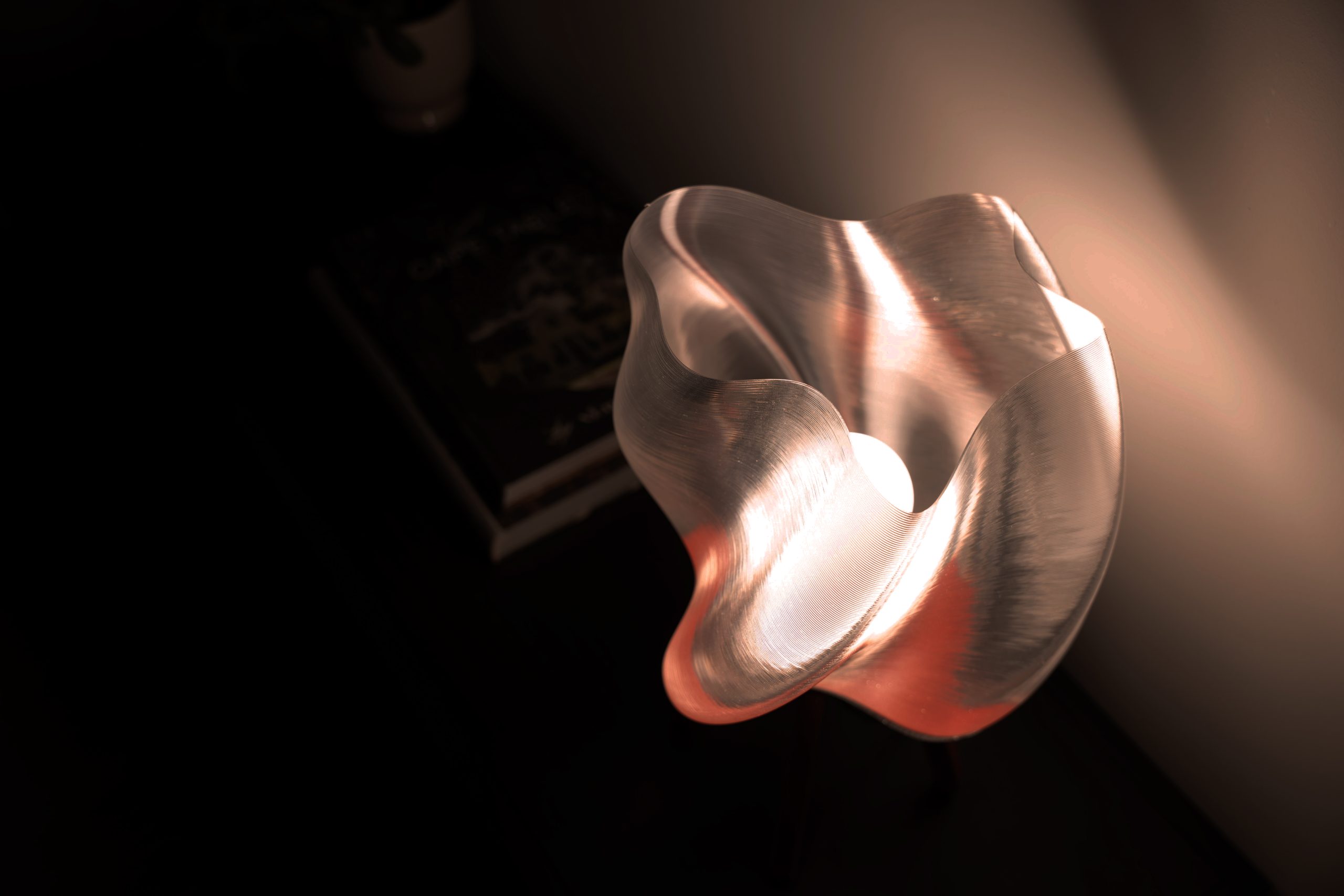3D PRINTING IN INTERIOR DESIGN
The Future of Creative and Sustainable Spaces
The realm of interior design is witnessing a revolutionary shift with the advent of 3D printing technology. This innovative tool is not just a fleeting trend but a cornerstone in modern design strategies, offering unparalleled customization, sustainability, and efficiency. This blog post delves into how 3D printing is reshaping interior design, making it more personalized, eco-friendly, and accessible.
Image: ELDGOS Vase by Magma Design Studio
Unleashing Creativity with Customization
3D printing opens up a world of possibilities in interior design, allowing for an unprecedented level of customization. This technology empowers designers and clients to envision and create spaces that truly reflect individual tastes and needs.
Personalized Design Solutions
- Tailored Furniture: Design furniture that fits perfectly into unique space layouts.
- Unique Decor Items: Create one-of-a-kind decor pieces, from customized light fixtures to artistic wall hangings.
Innovative Material Use
- Experimental Textures and Forms: 3D printing enables the exploration of unique textures and forms, pushing the boundaries of traditional interior design.
Championing Sustainability in Design
Reducing Environmental Impact
- Waste Reduction: 3D printing is precise, significantly reducing the material waste common in traditional manufacturing.
- Sustainable Material Options: Utilize eco-friendly materials like biodegradable plastics or recycled materials, reinforcing the commitment to sustainable design practices.
Cost-Effectiveness in High-End Design
Contrary to the misconception that bespoke design is always expensive, 3D printing offers cost-effective solutions without compromising on quality or aesthetics.Economic Advantages
- Reduced Labor Costs: Automation in 3D printing cuts down manual labor, thereby reducing overall costs.
- Material Efficiency: Optimal material usage leads to lower expenses on raw materials.
Enhancing Efficiency in Design Implementation
In interior design, meeting project timelines is essential. 3D printing enhances efficiency, from rapid prototyping to quicker production times, ensuring projects stay on schedule.Streamlining the Design Process
- Accelerated Prototyping: Quick iterations allow for faster approval and refinement processes.
- Reduced Lead Times: The ability to produce designs rapidly shortens the timeline from concept to completion.
The Versatility of 3D Printing in Various Design Styles
3D printing is not limited to contemporary or futuristic designs. Its versatility allows it to blend with various interior styles, from classic to modern, adapting to the designer’s vision.
Classic Interiors: Reproduce intricate historical designs with precision.
Modern Spaces: Create sleek, minimalistic pieces that align with modern aesthetics.
Success Stories in 3D Printed Interiors
The integration of 3D printing in interior design marks a significant advancement in the field. It paves the way for more innovative, personalized, and sustainable design solutions. As this technology continues to evolve, it promises to further revolutionize the way we think about and create interior spaces, making them more reflective of individual identities and environmental responsibilities. Take a look at Magma Design Studio, a Kreate 3D company, on how 3D printing can be applied in the interior design space.
Are you inspired? Contact us and let us assist you with your interior project.


